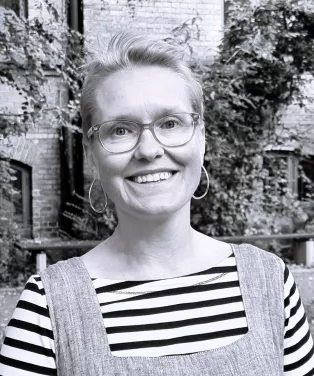I think my husband has taken more responsibility for the home … and helps with these big and heavy duties like grocery shopping and such things.
The quote above is taken from the article as an example of the fact that in many cases women are still primarily responsible for household chores. Previous studies have shown that unequal distribution of household chores prevents women from participating in rehabilitation and returning to working life if they have been on sick leave. This study partly confirms this but at the same time nuances the picture.
The study was based on Swedish, heterosexual couples where one or both partners live with long-term pain. The pain meant for the vast majority of participants that they had less energy than before and thus had to prioritize harder. Although everyone emphasized the importance of equality, the men and women prioritized based on different logics; the men believed that they had to make sure they were well in order to support the family and be good fathers, while the women prioritized the family to a much higher degree than their own well-being. How the distribution actually looked varied greatly, but the different ways of prioritizing had consequences for the whole family.
Stina Melander therefore believes that the question of distribution of household chores must be raised when, for example, healthcare staff meet pain patients, both female and male. At the same time, she emphasizes that even if the distribution in some cases becomes less equal after a pain diagnosis, well-functioning love relationships are something that most of us strive for. Several participants in the study emphasized the support and love they received from their partner and stressed how the relationship was essential to their well-being.



